When most people think of today’s global refugee crisis, they probably imagine masses of people trying to cross into a neighboring country or hundreds of tents lined up in refugee camps. But on this World Refugee Day, the reality is that most of the world’s refugees—and most internally displaced people—are not living in organized camps but rather are struggling to eke out a living on the margins of the world’s big cities. And most are living in protracted displacement. Estimates vary, but the average length of time a refugee has been displaced is between 10 years and 26 years. The real refugee crisis we face is that too many refugees have been refugees for far too long, and better solutions are needed.
The three traditional solutions for refugees—return, resettlement, and local integration—are all becoming more elusive. In 2016, less than 3 percent of the world’s refugees found one of those solutions. Only 2.5 percent of refugees (552,000 people) were able to return to their home countries that year and even fewer, 0.8 percent (or 189,300), were resettled through formal resettlement programs. An even smaller percentage (0.001 percent, or 23,000) were naturalized as citizens in 2016.
Prospects for solutions for those displaced in 2017 or 2018 are certainly no better; with the decision by the Trump administration to slash refugee resettlement numbers, we’ll be lucky if we see 100,000 refugees resettled globally.
The third traditional solution—local integration—is also becoming more difficult as host governments are reluctant to allow refugees to remain on a permanent basis. While many countries that neighbor refugee-producing states, in all regions, have accepted refugees as an expression of solidarity, it was usually with an expectation that their presence would be temporary. As the presence of refugees drags on (and international assistance is never enough to cover all of the costs), governments are justifiably worried about the economic, security, social, and political consequences of allowing the refugees to settle in and stay. As in the case of Turkey, the fiction is that refugees are a temporary phenomenon and will soon be returning home. Few governments allow refugees access to work permits, which means that most are unable to work legally in their host countries.
But if the three durable solutions are not proving workable for the vast majority of the world’s refugees and the international community is unable to resolve the conflicts that caused the displacement in the first place, what is to happen? The answer seems to be emerging that they will remain where they are—in conditions short of full local integration—and that somehow they will get by. Increasingly, NGOs are turning to supporting refugees in becoming self-reliant so that they can “graduate” from humanitarian aid. Even when refugees are not legally able to work, many do so in the informal sector and NGOs are increasingly supporting programs of refugee livelihoods. Self-reliance—“the social and economic ability of an individual, household, or community to meet its essential needs in a sustainable manner”—is a worthy objective given the paucity of other solutions.
But how do you know if a refugee is really self-reliant? Refuge Point and the Women’s Refugee Commission (of which I am on the board and a commissioner, respectively) both began developing indicators to determine when refugees achieve self-reliance and are now working with 16 humanitarian actors in a community of practice to refine and pilot these indicators.
It’s tough to sustain yourself as a refugee, particularly when living in a country that really doesn’t want you to stay. And it’s tough when refugees aren’t able to secure work permits, but rather are working in what is euphemistically called the informal sector. A lot goes into supporting refugees to become self-reliant; as the recent meeting in Istanbul of the International Refugee Congress suggested, collaboration between refugees and the communities that host them can provide some suggestions. Today, the Self-Reliance Initiative is seeking to help five million refugees move towards self-reliance in the next five years. This is a worthy initiative. Most refugees want to be independent—after all, it’s never pleasant to depend on hand-outs, which are often erratic and insufficient. And it is clearly in donors’ interests to support self-reliance among refugees
I’m glad that organizations are working with refugees to support their self-reliance. Given the current state of affairs—where solutions are elusive, donor fatigue has set in, and nativist politicians decry the presence of refugees—self-reliance is better than depending on long-term care and maintenance programs. And perhaps they’re right that demonstrating refugees’ ability to contribute to their host countries will help to shift the political conversation in those countries and open up opportunities for formal economic inclusion.
But even refugees who are found to be self-reliant and thus no longer in need of humanitarian aid are living awfully close to the edge of poverty. One medical emergency or one abusive employer or one heavy rainstorm could push them out of self-reliance. And I also can’t help but reflect on how far this is from the three solutions originally envisioned by the founders of the international regime back in the early 1950s, where refugees were expected to return home, start a new life elsewhere through resettlement, or settle into a host country with all the benefits and rights of citizens. Self-reliance is only a partial solution, compared to those—nonetheless, given today’s realities, it is an important tool in helping refugees make the best of a bad situation.
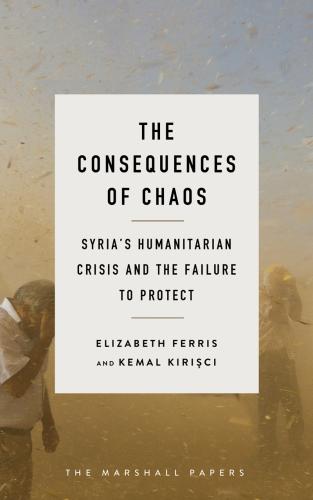
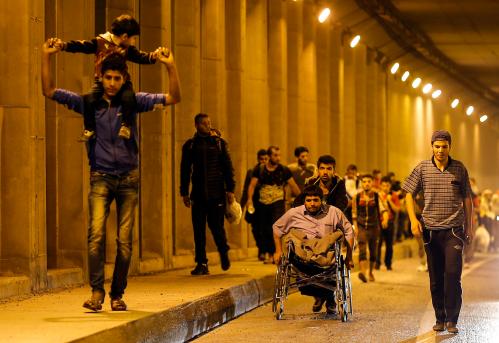

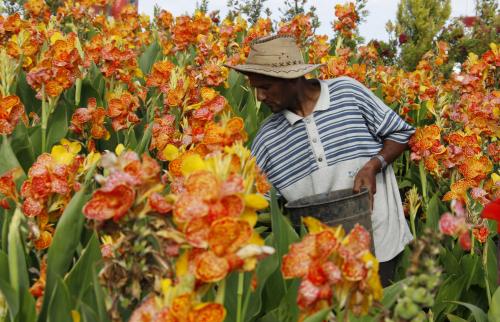
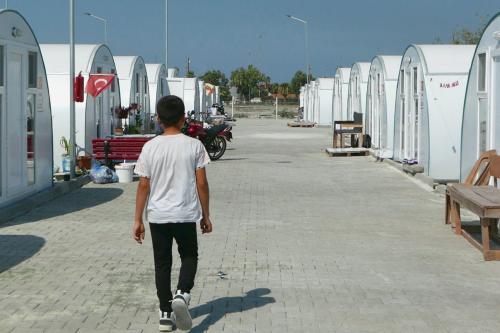
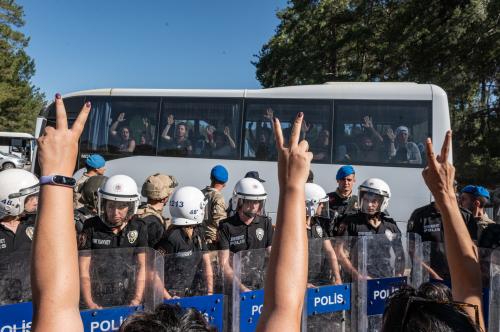
Commentary
When refugee displacement drags on, is self-reliance the answer?
June 19, 2018